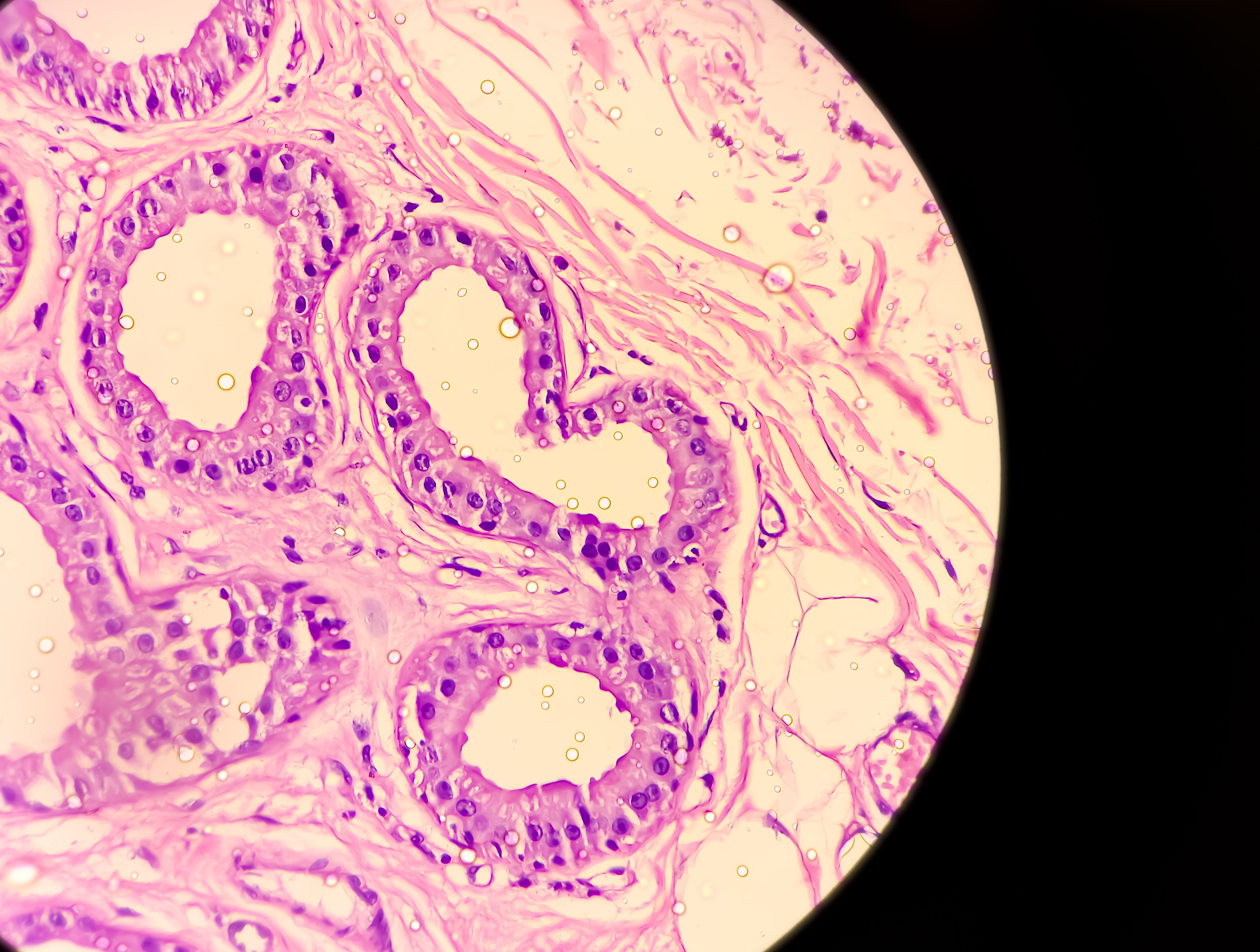- Case-Based Roundtable
- General Dermatology
- Eczema
- Chronic Hand Eczema
- Alopecia
- Aesthetics
- Vitiligo
- COVID-19
- Actinic Keratosis
- Precision Medicine and Biologics
- Rare Disease
- Wound Care
- Rosacea
- Psoriasis
- Psoriatic Arthritis
- Atopic Dermatitis
- Melasma
- NP and PA
- Skin Cancer
- Hidradenitis Suppurativa
- Drug Watch
- Pigmentary Disorders
- Acne
- Pediatric Dermatology
- Practice Management
- Prurigo Nodularis
- Buy-and-Bill
News
Article
Dermatology Times
Conservative Imputation Method Efficacious in Moderate-to-Severe Hidradenitis Suppurativa
Author(s):
With bimekizumab, the conservative imputation method led to higher response rates, achieved endpoints, and blocked IL-17A and IL-17F.
Using a conservative imputation method of bimekizumab treatment achieved higher response rates compared to a placebo in patients with moderate-to-severe hidradenitis suppurativa (HS).
MdBabul/AdobeStock

A poster1 presented at the 2023 Society of Dermatology Physician Assistants (SDPA) Annual Summer Dermatology Conference explored the efficacy and safety of bimekizumab in patients with more severe cases of HS. Researchers cited the drug’s ability to selectively inhibit both IL-17A and IL-17F, both of which are elevated in patients with HS, contributing significantly to the disease’s immunopathogenesis.
The poster is also the first disclosure of positive results from the BE HEARD I and II phase 3 studies. Both studies were double-blind, multicenter, placebo-controlled, and randomized in nature. Each was comprised of a 16-week initial period and a 32-week maintenance treatment period, leading to 48 weeks of efficacy and safety evaluation.
The BE HEARD I trial (NCT04242446) contained 505 participants, while the BE HEARD II trial (NCT04242498) contained 509 participants, amassing 1,014 patient participants in total.
In both studies, patients with moderate-to-severe HS underwent randomization, being assigned to 1 of 4 treatment groups, including:
- 320 mg bimekizumab Q2W/Q2W
- 320 mg bimekizumab Q2W/Q4W
- 320 mg bimekizumab Q4W/Q4W
- 320 mg placebo Q2W
Until week 16 of the trial, patients in the bimekizumab Q2W/Q2W and Q2W/Q4W treatment groups were combined to Q2W.
“Participants who received systemic antibiotics were also considered non-responders in the pre-specified imputation method,” according to Kimball et al.
Researchers sought a primary endpoint of HS 50% Clinical Response (HiSCR50) by week 16. Achieving HiSCR75 was considered a secondary goal.
As a result, a greater number of participants in both trials achieved HiSCR50 by week 16 in the bimekizumab treatment groups compared to their placebo group counterparts, including 47.8% of patients receiving bimekizumab every 2 weeks, 45.3% receiving bimekizumab every 4 weeks, and 28.7% receiving the placebo in BE HEARD I.
In BE HEARD II, this held true. 52.0% of participants receiving bimekizumab biweekly achieved HiSCR50, while 53.8% of those receiving bimekizumab every 4 weeks achieved the same metric. However, only 32.2% of patients in the placebo group achieved HiSCR50.
These responses were maintained through week 48 of the trials, with respect to both HiSCR50 and HiSCR75.
“Safety profiles of BKZ [bimekizumab] across BHI/BHII [BE HEARD I; BE HEARD II] was consistent with previus studies; no new safety signals were observed. BKZ achieved the primary endpoint, providing higher response rates vs placebo using this conservative imputation method and indicating that blocking IL-17F and IL-17A was efficacious in moderate-to-severe HS,” Kimball et al wrote. “BKZ was generally well tolerated with no unexpected safety findings.”
Reference
- Kimball AB, Zouboulis CC, Sayed C, Kirby JS, et al. Bimekizumabin patients with moderate-to-severe hidradenitis suppurativa: 48-week efficacy and safety from Be Heard I and II, two phase 3, randomized, double-blind, placebo-controlled, multicenter studies. Poster presented at the 2023 Society of Dermatology Physician Assistants (SPDA) Annual Summer Dermatology Conference; June 22-25, 2023; Boston, MA.






